The great architect Donald Insall on saving Windsor Castle, refurbishing Westminster and how buildings change throughout their lives
Sir Donald Insall has been at the forefront of British architecture for six decades. Now aged 93, yet still actively involved in his practice, he spoke to Clive Aslet about a lifetime spent working with and thinking about some of our most treasured buildings.
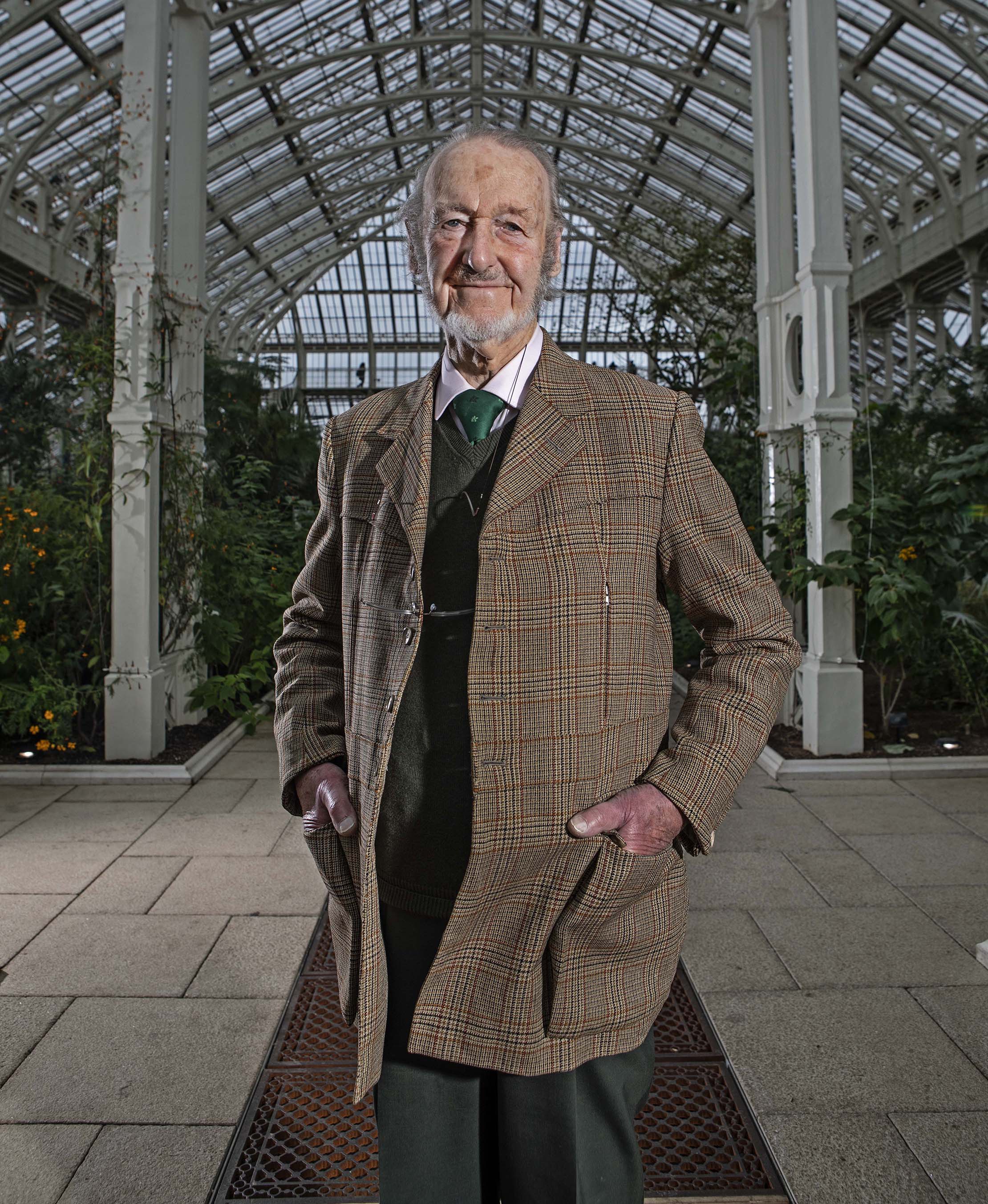
‘Buildings are so very much like people,’ says Sir Donald Insall. ‘They all have their own characters, their own strengths and weaknesses, their own message, their own background in terms of the influences that have made them. People change throughout their lives – so does a building.’
Born in 1926, Sir Donald began his career when conservation was regarded as ‘a bit odd – not part of everyday planning’. After architectural training at Bristol and a scholarship to the Royal Academy School, he won the Lethaby Scholarship from the Society for the Protection of Ancient Buildings. That fired his imagination, but, in the late 1950s, an interest in old houses seemed antiquarian. ‘Nice to meet you, but when will your father be coming?’ asked the builder on one early job.
After working for Claud Phillimore, much occupied with the reduction of large country houses to fit the diminished scale of post-Second World War life, Sir Donald launched his own office in 1958, from his flat in Lyall Street, SW1. His father and then his wife, Libby, a lawyer, did the accounts.
It was a far cry from his practice today, in which he has 100-plus colleagues – ‘a lovely bunch of folk, all so capable and so busy’ – across several offices in London and choice provincial towns. The spirit, however, stays the same: that of a family, united by a common purpose and enthusiasm.
‘Our first big job,’ Sir Donald recalls, ‘was a report on Kedleston Hall. I used to take a scooter on the train, hop off at Derby and go to the hall, where I was met by the butler and the dogs. Once or twice, [owner] Lord Scarsdale came on the back of the scooter for a ride around the estate.’
Like other country houses then, Kedleston had suffered years of neglect; in the 1970s, it would go to the National Trust. Sir Donald was employed on several houses owned or being considered by the Trust; a call would come, perhaps on Sunday morning, from James Lees-Milne, seeking help on The Vyne, Croft Castle or Speke Hall.
These, surely, were bleak years for architecture: country houses that didn’t find a saviour were all too often demolished, as were terraces in cities. Modernism, the style of the moment for new buildings, left much to be desired, but Sir Donald had known nothing else and he was entranced.
Sign up for the Country Life Newsletter
Exquisite houses, the beauty of Nature, and how to get the most from your life, straight to your inbox.
‘It felt delightful, exceedingly busy, totally encompassing, and I loved it. The whole world was a mixture of postwar depression and elation it was all over, with a determination to put it right.’
Over six decades of practice, which are the most memorable buildings to whose subtle whisperings he has lent his ear? He hardly likes to answer. They were all friends; it’s as if selecting one would offend the others.
Reluctantly, he names 17th-century Chevening House, left to the nation by the last Earl Stanhope in 1967 and now the official residence of the Foreign Secretary. A box-like attic storey had replaced the hipped roof and the outside was covered in grey tiles. The attic’s weight had caused structural damage and the tiles, attached to the brickwork with rusted spikes, ‘were coming off like leaves in autumn’. It was decided to remove ‘the box’.
The splaying walls were stitched back together with a reinforced-concrete beam; a skin of hand-made bricks replaced the tiles and pilasters added in the 18th century were given a pediment, uniting the main block architecturally with its flanking pavilions.
‘It was typical of a complex and delightful job,’ comments Sir Donald. ‘So interesting and so challenging.’ An oblique compliment was paid when, following a royal tenancy at Chevening, The Prince of Wales added pilasters and pediment to Highgrove.
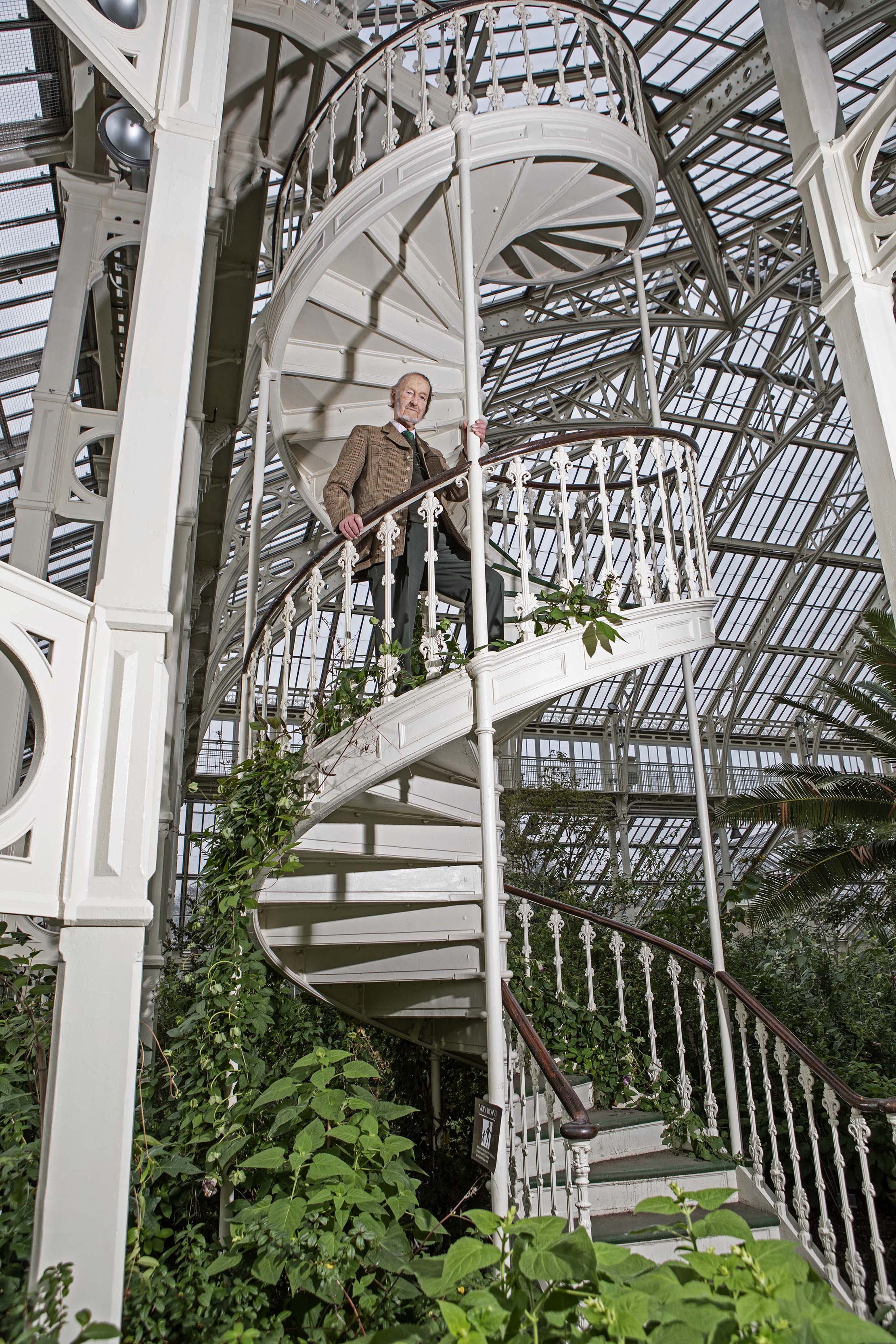
After the fire in 1992, Windsor Castle presented ‘a unique case. It ranged from complete restoration of a very exacting kind to renewal in spirit. As well as keeping things as they were, or putting them back as one thinks they were – which is chancy and not the main aim – we had to find new solutions to parts that had been irreparably destroyed’.
Before anything else, the building had to be stabilised. Walls were sopping from the volume of water used to douse the blaze; water was trapped in the stone by plasterwork that was often historic. With the consent of English Heritage, the walls were opened up to fresh air and dehumidifiers.
During work, new discoveries were made. In the Great Kitchen, it was found that, in the 1820s, Sir Jeffry Wyatville hadn’t taken out the medieval oak timbers, but had encased them in softwood to make them appear more Gothic. Clearly, the old timbers should be retained if possible: they were and ‘given fresh courage’, as Sir Donald writes in his new edition of Living Buildings, ‘by traditional methods of scarfing-in new oak, backed where necessary by invisible steel strengthening’. Wyatville details were reinstated.
Now, Donald Insall Associates has another daunting mission, as conservation architects for the Palace of Westminster. The practice has already begun, renewing Barry and Pugin’s encaustic tiles and repairing the great hammerbeam roof of Westminster Hall. Once politicians can look beyond Brexit, plans will have to be made for the huge project that will renew the building’s collapsing services and repair its structure.
‘It will be a question of retaining everything that makes it wonderful, yet facilitating its continuing usefulness and practicality,’ he says. ‘The real difficulty is knowing what has to be provided for.’
This means looking decades ahead. Will there be changes in the House of Lords, for instance? Whatever happens, it will be ‘a fascinating job,’ says this indefatigable 93-year-old. ‘They’re all fascinating. That’s why we love what we do.’
‘Living Buildings: Architectural Conservation, Philosophy, Principles and Practice’ by Donald Insall was reprinted in 2018
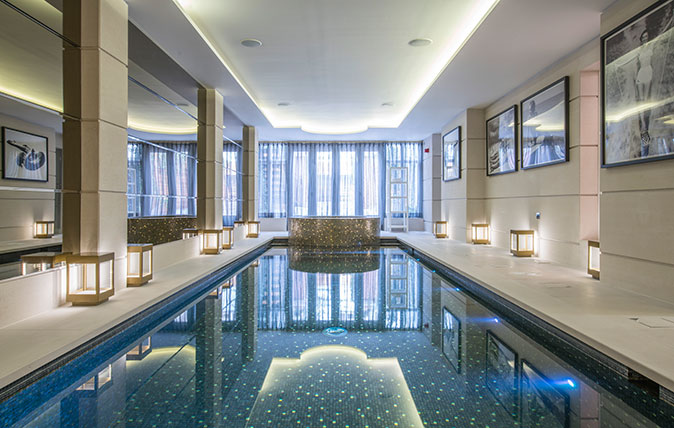
Credit: Mansion House, London
A truly palatial home in the very heart of Westminster, on the market for the first time in generations
This landmark building in the heart of London has been converted from an office into a private home – and the
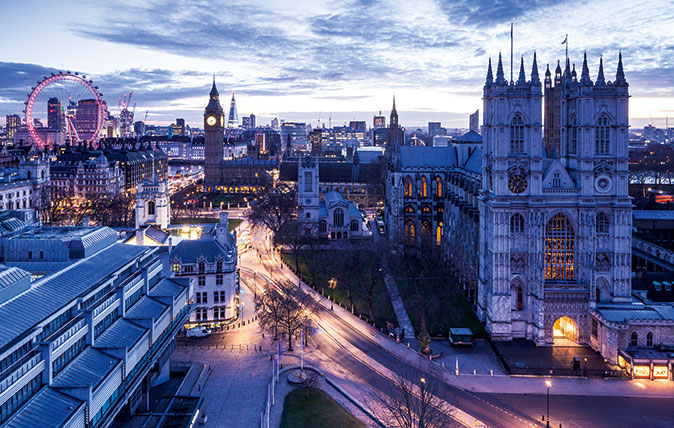
Credit: Getty
Six ways to fix Parliament Square – and make it the centrepiece London deserves
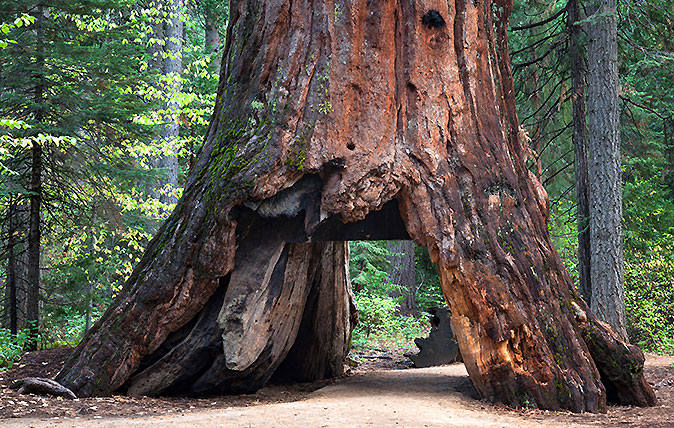
Credit: Alamy
One of the world's most famous trees has fallen down - but here are six more that haven't
As sad news comes in from California, we look at some of the world's other most famous trees.
-
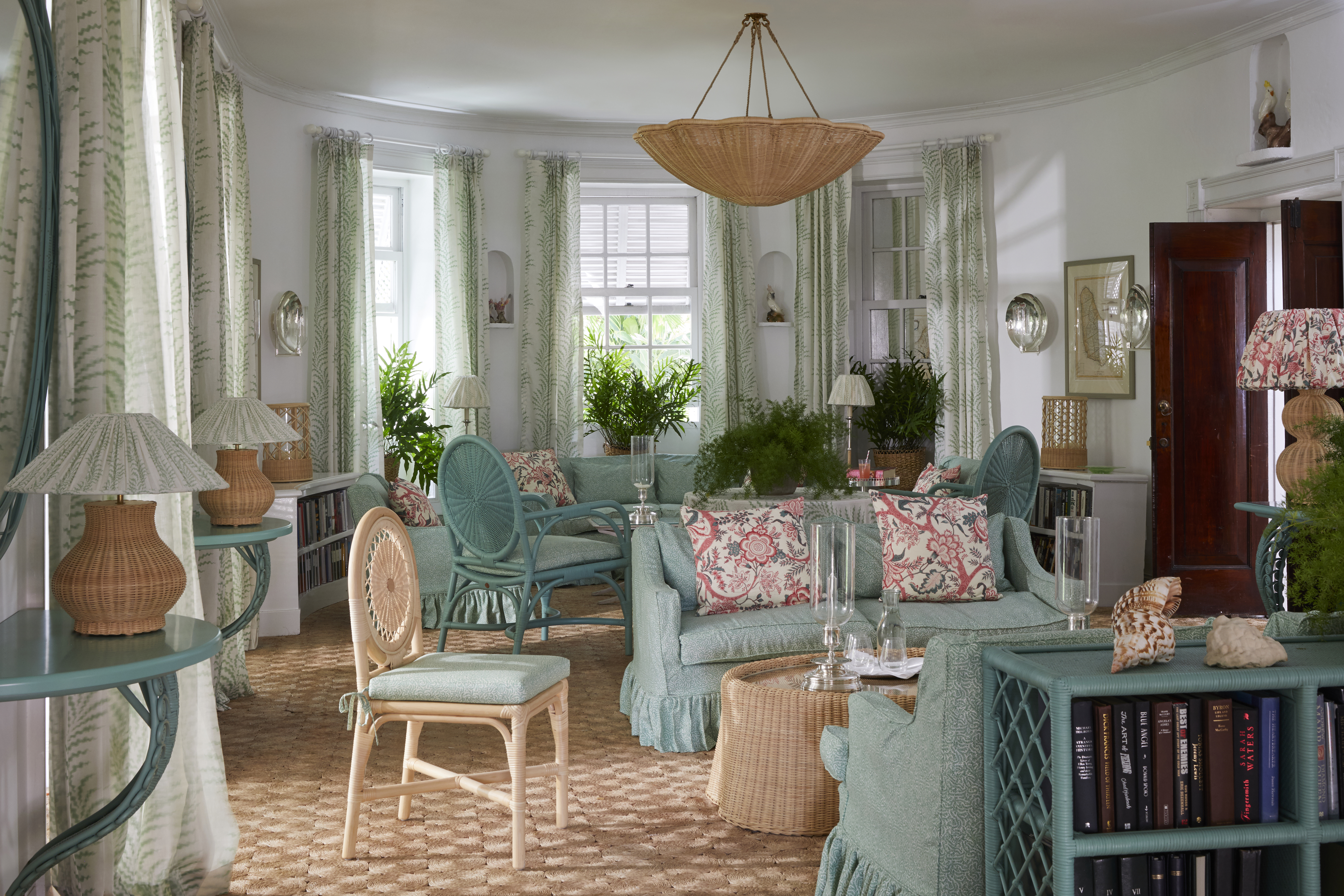 Why British designers dream up the most desirable hotels
Why British designers dream up the most desirable hotelsWhen it comes to hotel design, the Brits do it best, says Giles Kime.
By Giles Kime Published
-
 The five minute guide to 'The Great Gatsby', a century on from its publication
The five minute guide to 'The Great Gatsby', a century on from its publication'The Great Gatsby' sold poorly the year it was published, but, in the following century, it went on to become a cornerstone of world literature.
By Carla Passino Published
-
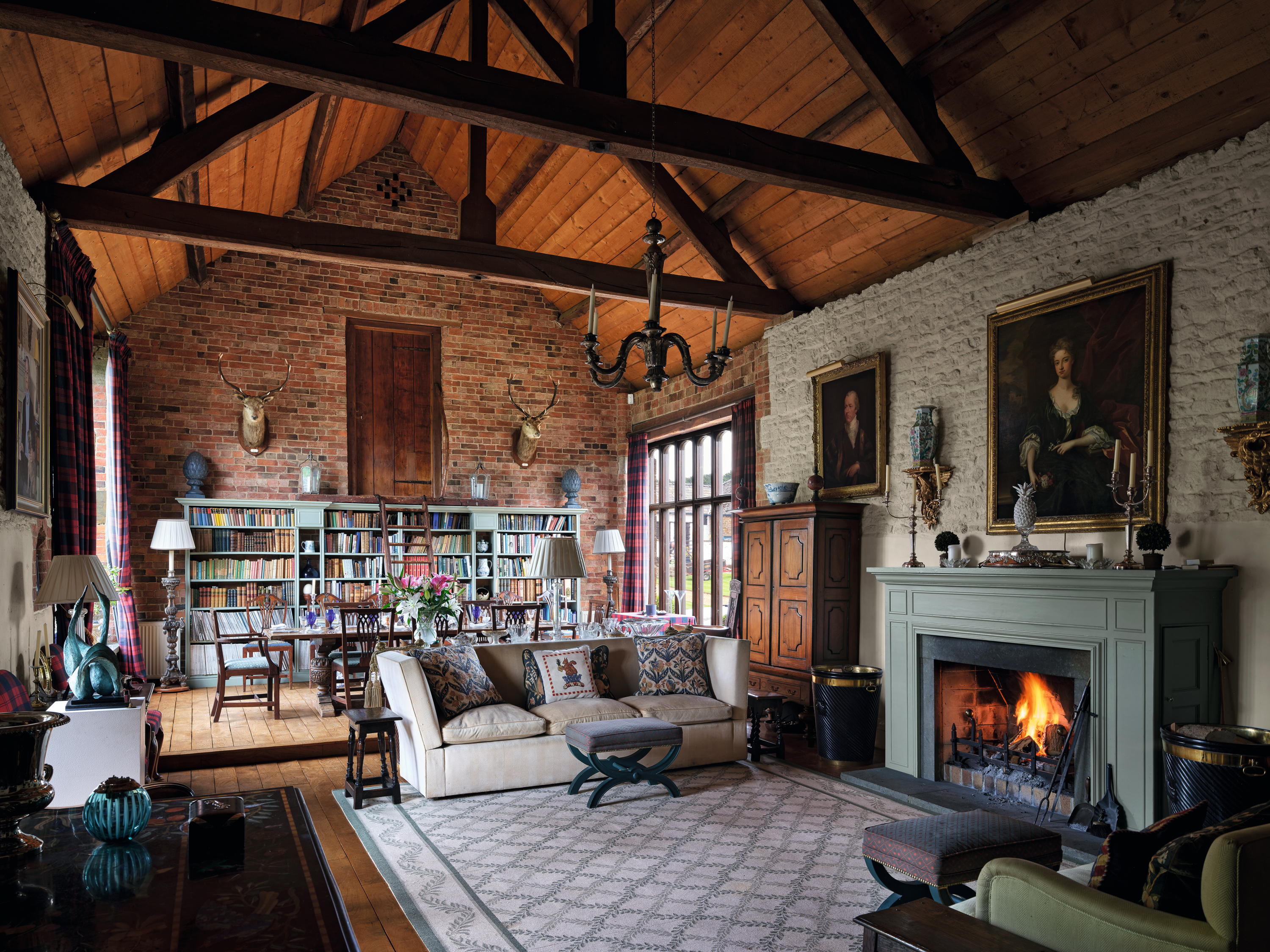 High Wardington House: A warm, characterful home that shows just what can be achieved with thought, invention and humour
High Wardington House: A warm, characterful home that shows just what can be achieved with thought, invention and humourAt High Wardington House in Oxfordshire — the home of Mr and Mrs Norman Hudson — a pre-eminent country house adviser has created a home from a 300-year-old farmhouse and farmyard. Jeremy Musson explains; photography by Will Pryce for Country Life.
By Jeremy Musson Published
-
 Sir Edwin Lutyens and the architecture of the biggest bank in the world
Sir Edwin Lutyens and the architecture of the biggest bank in the worldSir Edwin Lutyens became the de facto architect of one of Britain's biggest financial institutions, Midland Bank — then the biggest bank in the world, and now part of the HSBC. Clive Aslet looks at how it came about through his connection with Reginald McKenna.
By Clive Aslet Published
-
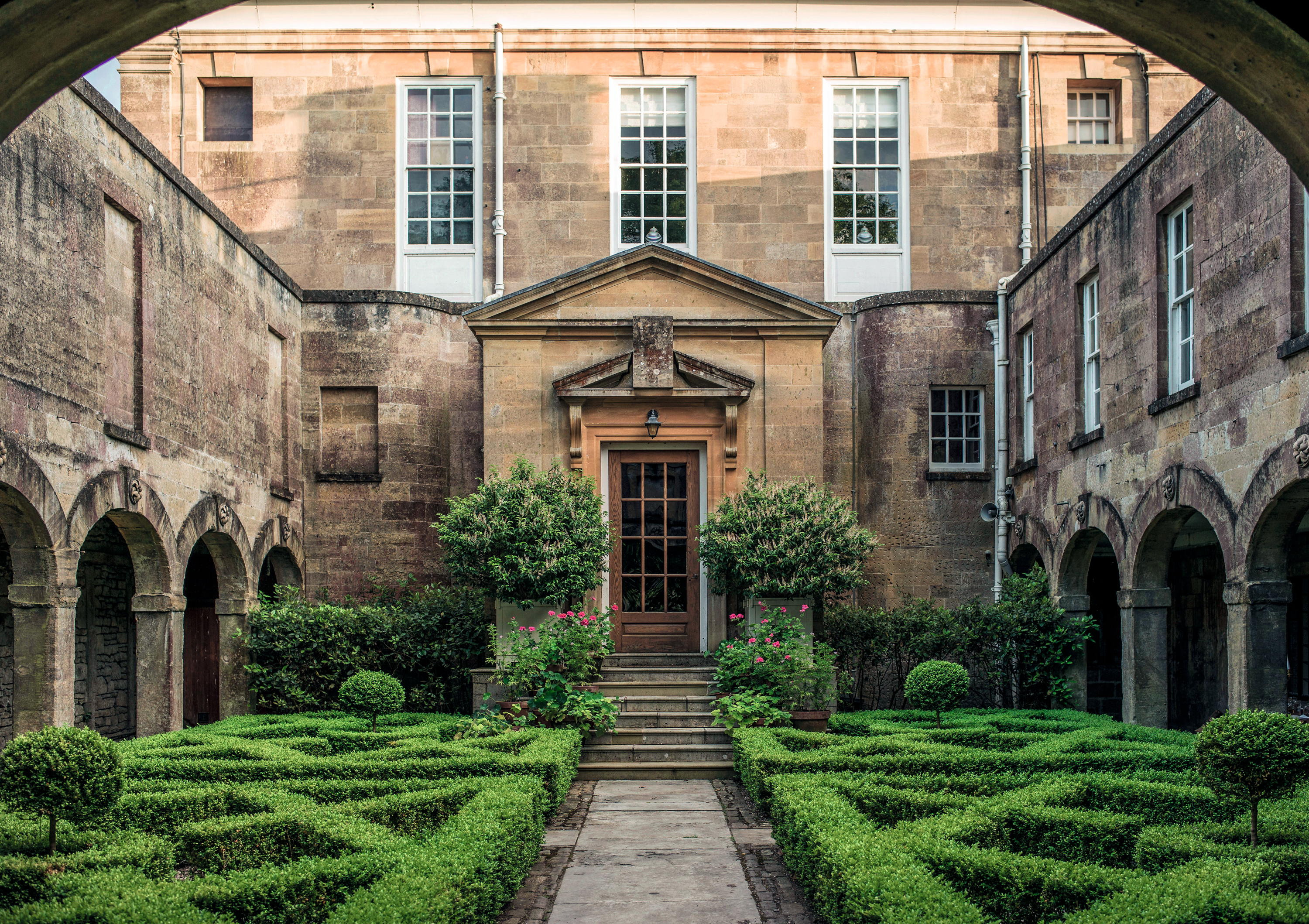 'There are architects and architects, but only one ARCHITECT': Sir Edwin Lutyens and the wartime Chancellor who helped launch his stellar career
'There are architects and architects, but only one ARCHITECT': Sir Edwin Lutyens and the wartime Chancellor who helped launch his stellar careerClive Aslet explores the relationship between Sir Edwin Lutyens and perhaps his most important private client, the politician and financier Reginald McKenna.
By Clive Aslet Published
-
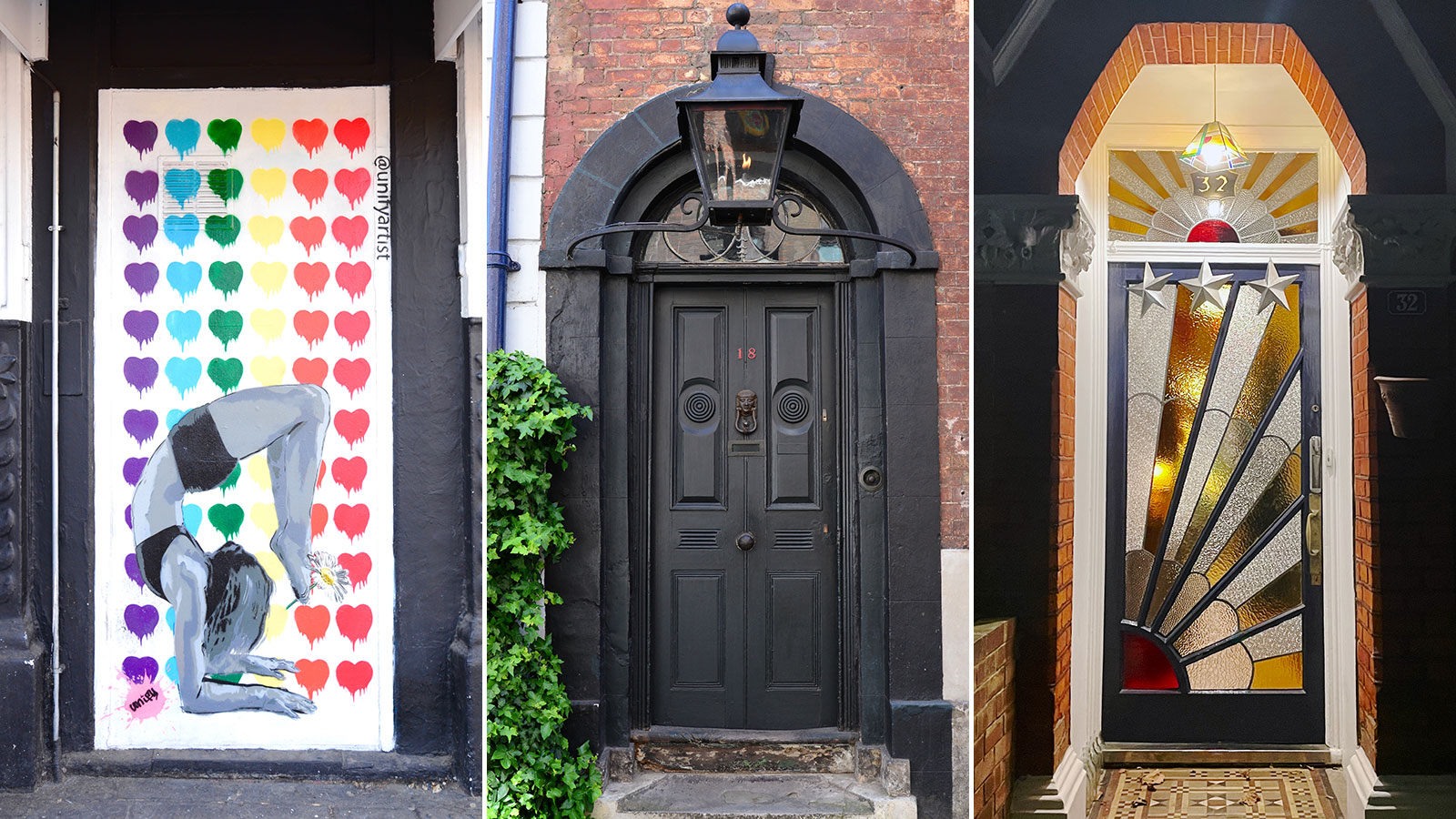 Cath Harries — The photographer on a 15-year quest to find the most incredible doors in London
Cath Harries — The photographer on a 15-year quest to find the most incredible doors in LondonBy Toby Keel Published
-
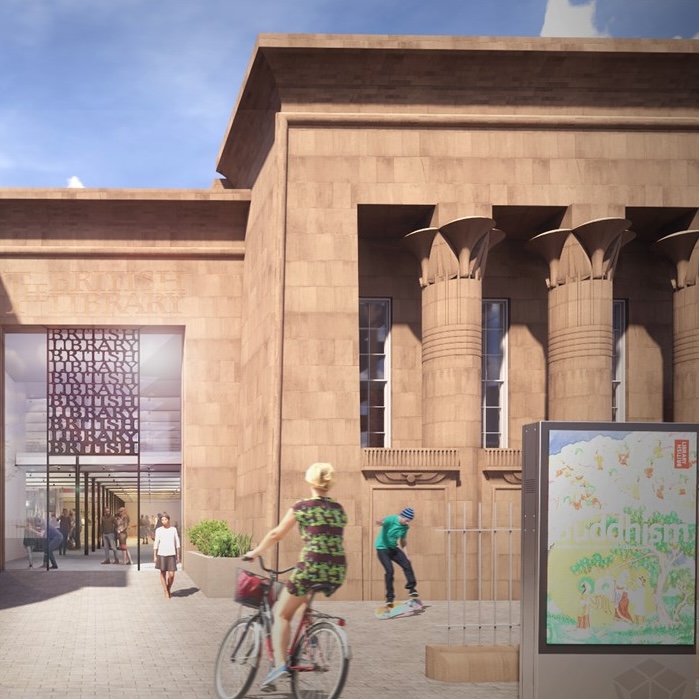 The extraordinary Egyptian-style Leeds landmark hoping to become a second British Library — and they used to let sheep graze on the roof
The extraordinary Egyptian-style Leeds landmark hoping to become a second British Library — and they used to let sheep graze on the roofThe project has been awarded £10million from the Government, but will cost £70million in total.
By Annunciata Elwes Published
-
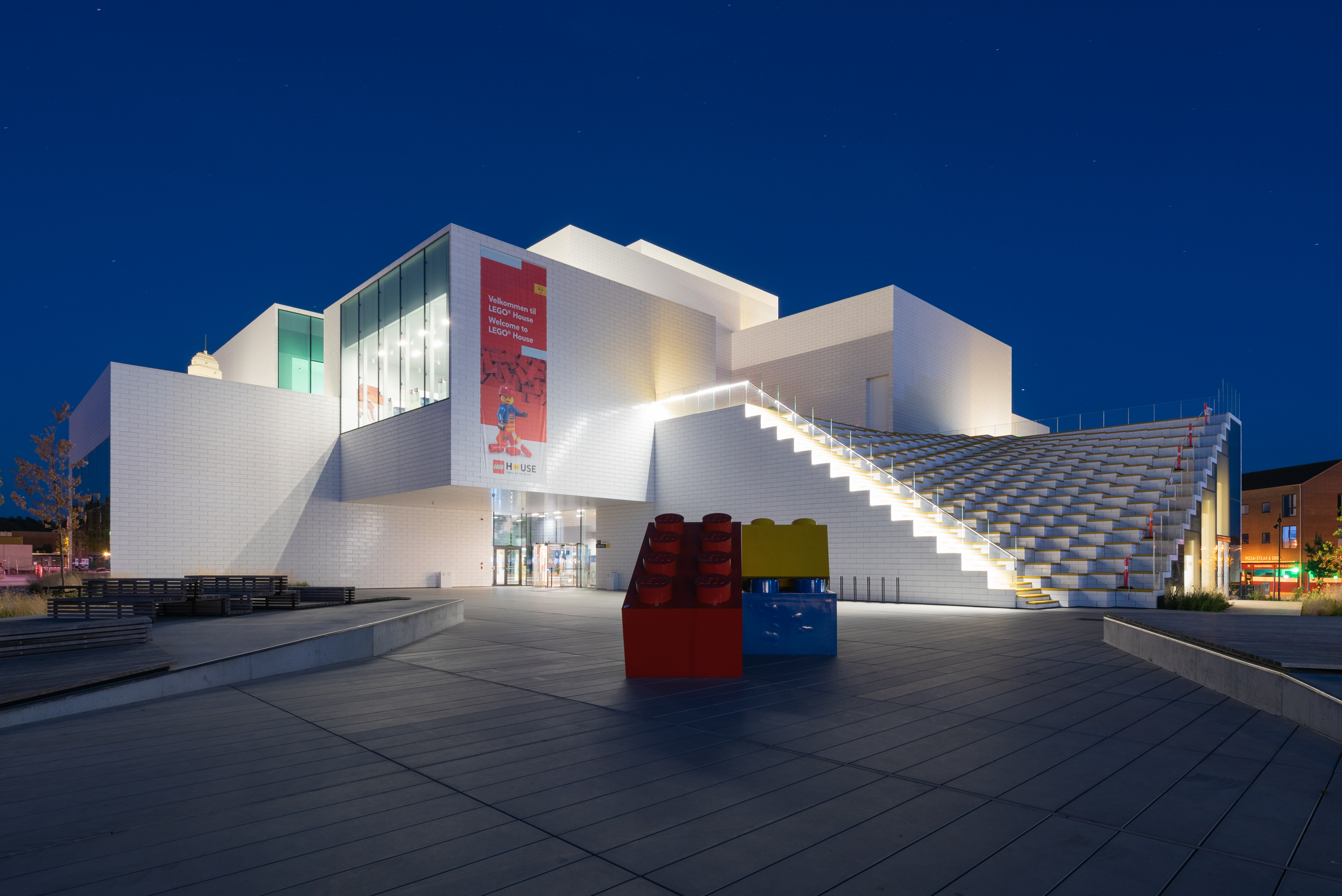 Art, architecture and plastic bricks at Lego House: 'It's as if the National Gallery set up easels and paints next to the masterpieces and invited you try your hand at creating a Van Gogh'
Art, architecture and plastic bricks at Lego House: 'It's as if the National Gallery set up easels and paints next to the masterpieces and invited you try your hand at creating a Van Gogh'The rural Danish town where Lego was created is dominated by the iconic toy — and at Lego House, it has a fittingly joyful site of pilgrimage. Toby Keel paid a visit.
By Toby Keel Published
-
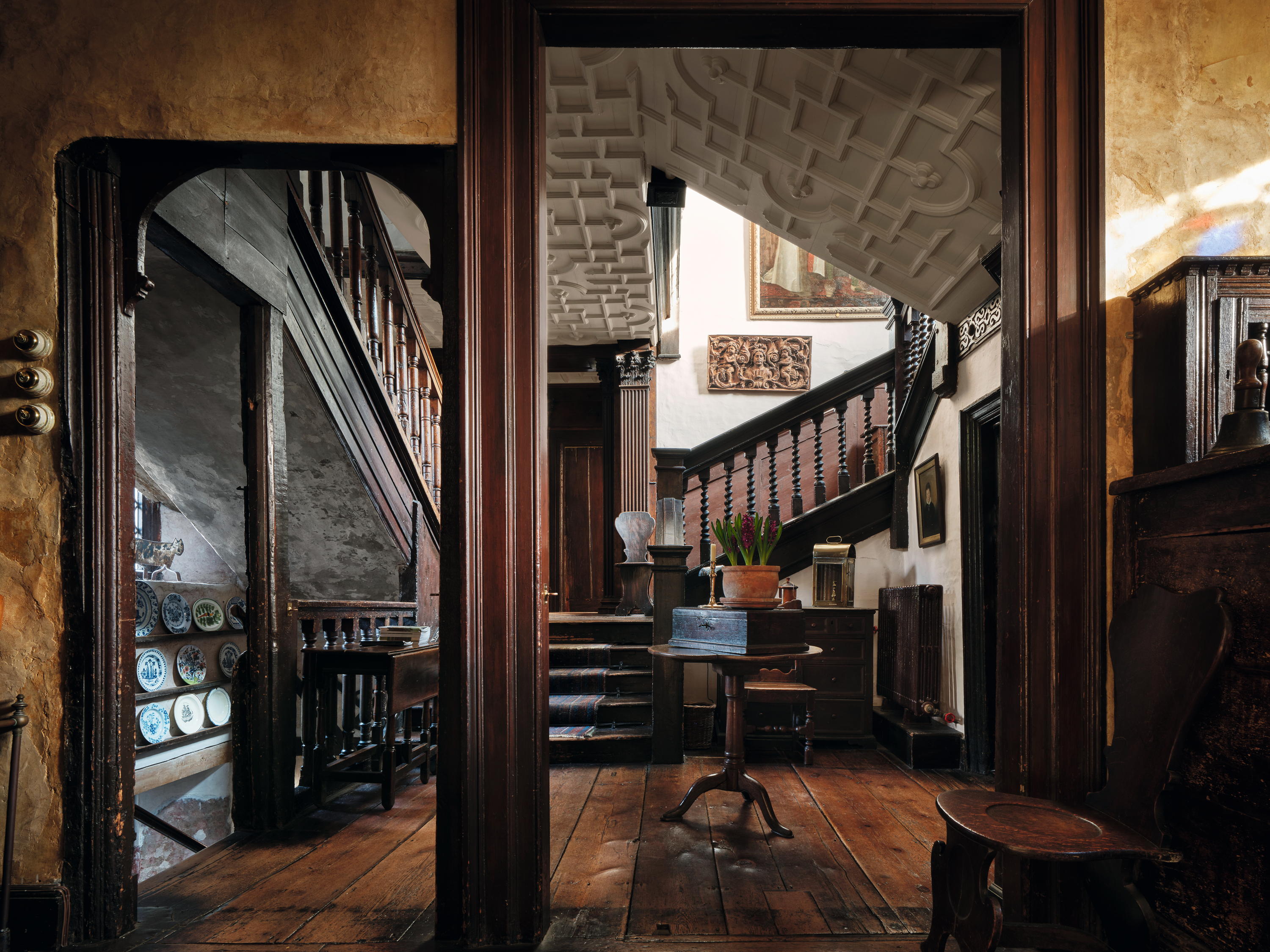 Restoration House: The house in the heart of historic Rochester that housed Charles II and inspired Charles Dickens
Restoration House: The house in the heart of historic Rochester that housed Charles II and inspired Charles DickensJohn Goodall looks at Restoration House in Rochester, Kent — home of Robert Tucker and Jonathan Wilmot — and tells the tale of its remarkable salvation.
By John Goodall Published
-
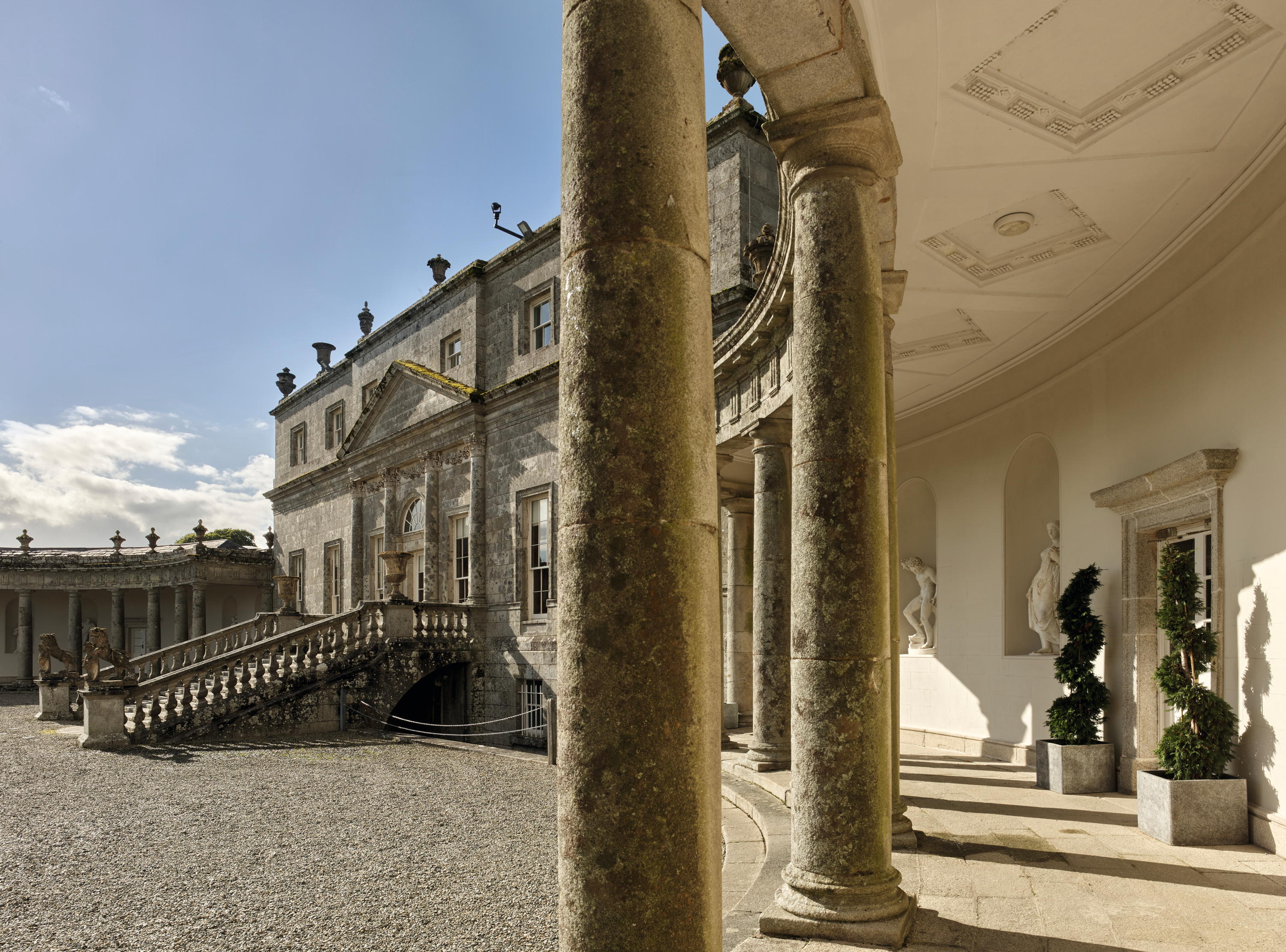 'A glimpse of the sublime': Inside the drawing room of the 'grandest Palladian house in Ireland'
'A glimpse of the sublime': Inside the drawing room of the 'grandest Palladian house in Ireland'The redecoration of the drawing room at Russborough House in Co Wicklow, Ireland, offers a fascinating insight into the aesthetic preoccupations of Grand Tourism in the mid 18th century. John Goodall explains; photography by Paul Highnam for Country Life.
By John Goodall Published